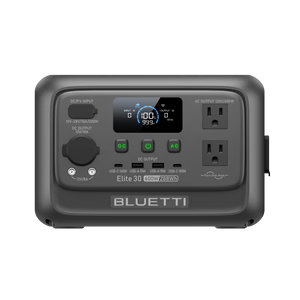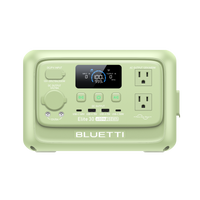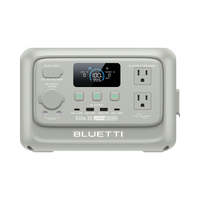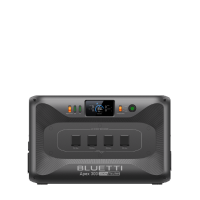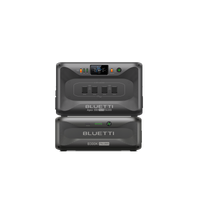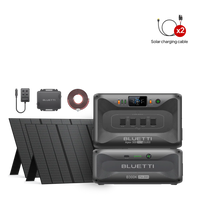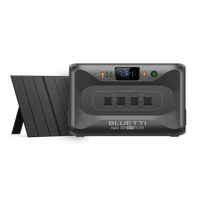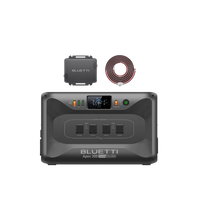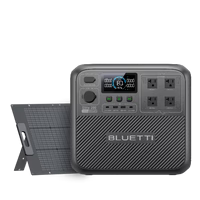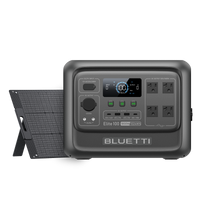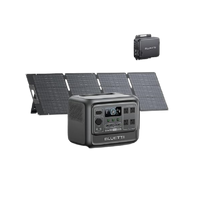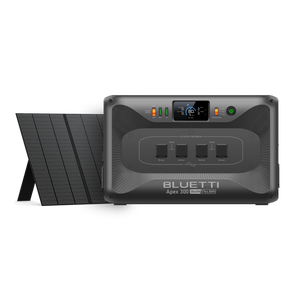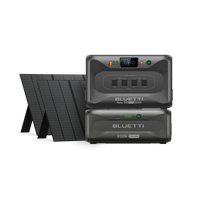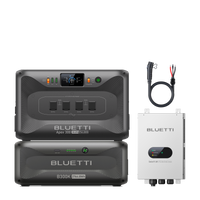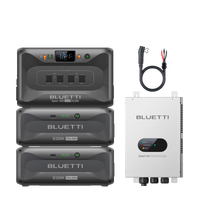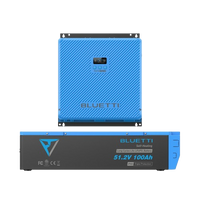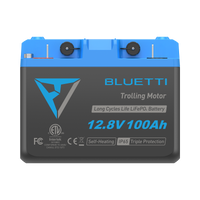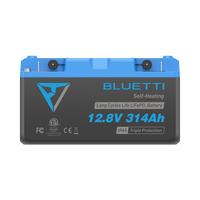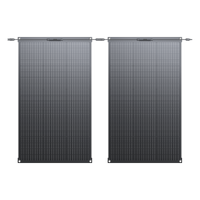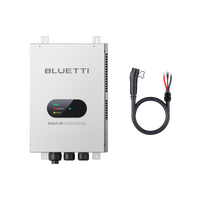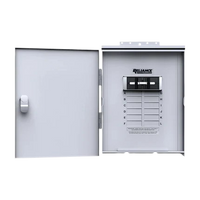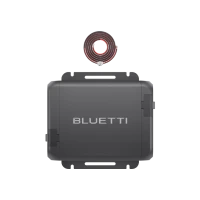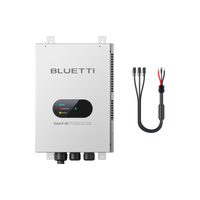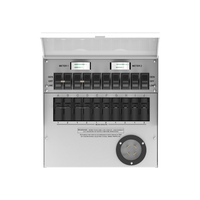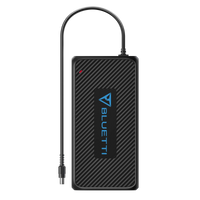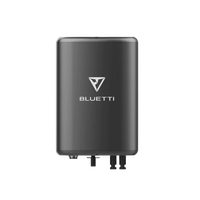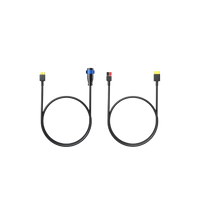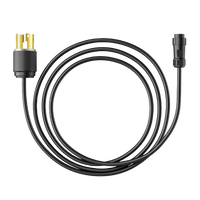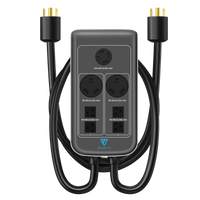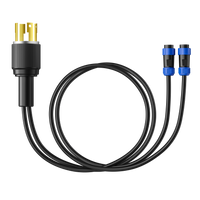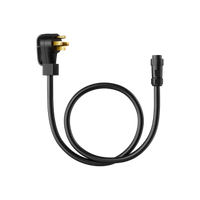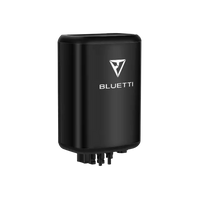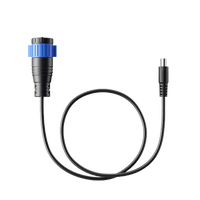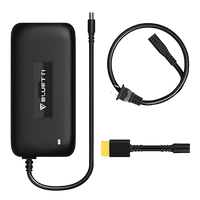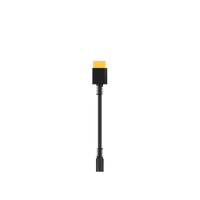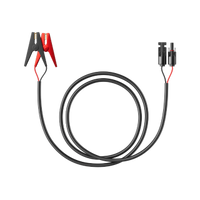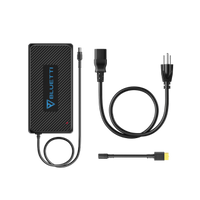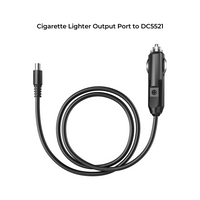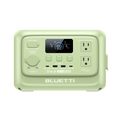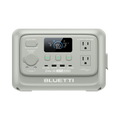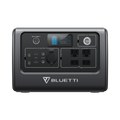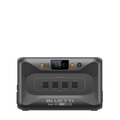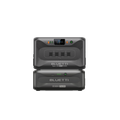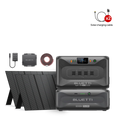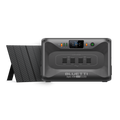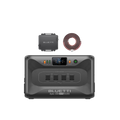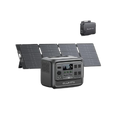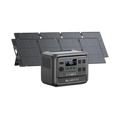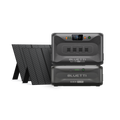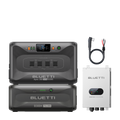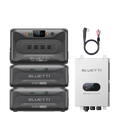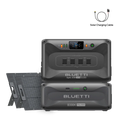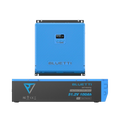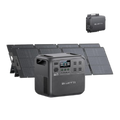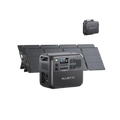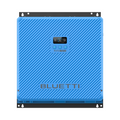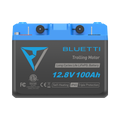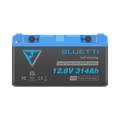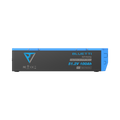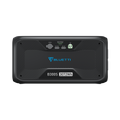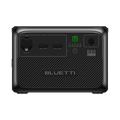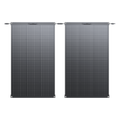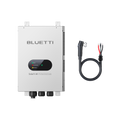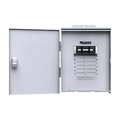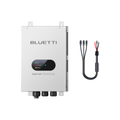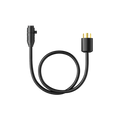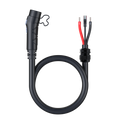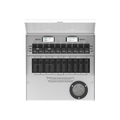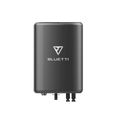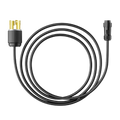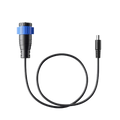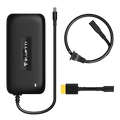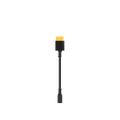Récupérer l'énergie solaire pour l'utiliser dans des systèmes électriques hors réseau implique bien plus que de capter l'énergie solaire et de la convertir en électricité. Il s'agit de s'assurer que l'énergie stockée dans les batteries est prête à être utilisée au moment opportun. Cependant, cet objectif ne se résume pas à connecter un panneau solaire à une batterie. Il faut un dispositif capable de réguler la charge injectée dans la batterie. L'un d'entre eux, réputé pour son efficacité et conçu spécialement pour cela, est le régulateur de charge, et le meilleur de tous. Il s'agit du MPPT (Maximum Power Point Tracking). Ce dispositif modère le cycle de charge de votre batterie et contribue à optimiser votre système d'énergie solaire. Cet article se concentrera sur les différents modes de fonctionnement et les avantages d'un régulateur de charge MPPT.
Qu'est-ce qu'un contrôleur de charge MPPT ?
Il s'agit de l'un des dispositifs les plus avancés utilisés dans un système d'énergie solaire. Il fonctionne comme un convertisseur CC-CC qui prend la tension des panneaux solaires et l'adapte au niveau d'entrée requis, permettant ainsi à votre batterie de se recharger. Ce processus garantit que l'énergie captée et produite par votre système est maximisée, sans gaspillage potentiel.
MPPT (Maximum Power Point Tracking) est la seule capacité d'un contrôleur à détecter les points les plus efficaces de votre système. Ces points varient en fonction de plusieurs facteurs, notamment l'heure de la journée, la couverture nuageuse et la température des panneaux solaires. En surveillant constamment ces facteurs et d'autres, le contrôleur MPPT maintiendra votre système à son niveau de performance optimal.
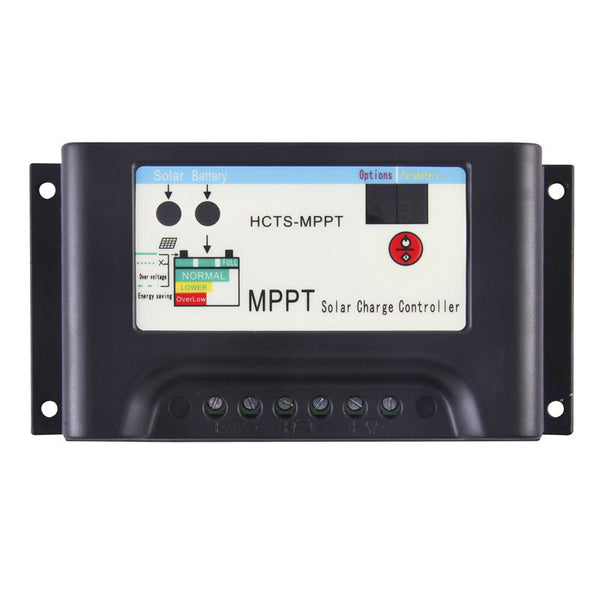
En effet, dans la plupart des cas, lorsque les panneaux solaires collectent de l'énergie, ils produisent souvent un courant supérieur à celui que vos batteries peuvent absorber. Il vous faut un système capable d'influencer et de contrôler la quantité de charge entrant dans la batterie pour un flux et un stockage optimaux. Le contrôleur de charge MPPT gère la tension (pression des électrons dans le système) et l'ampérage (flux ou courant en volts) dans la combinaison idéale pour produire une puissance mesurée en watts optimale.
Si vous assemblez votre système, vous pouvez toutefois acheter un contrôleur MPPT séparé. Certains produits, comme les kits d'alimentation BLUETTI, sont livrés avec des contrôleurs de charge solaire MPPT intégrés dès leur sortie d'usine. Le kit comprend un chargeur de batterie MPPT supplémentaire et peut également inclure des contrôleurs de charge solaire supplémentaires. Consultez toujours la fiche produit de votre générateur solaire ou de votre centrale électrique portable pour savoir si un contrôleur de charge est inclus ou s'il doit être acheté séparément. Cela met l'accent sur l'un des aspects les plus importants : la compatibilité, surtout lorsque l'ensemble des composants provient d'un fournisseur indépendant.
Comment fonctionne le contrôleur de charge MPPT ?
Le contrôleur de charge MPPT (Maximum Power Point Tracking) inclus ici contribue à optimiser l'efficacité de votre système solaire en équilibrant la puissance absorbée et les niveaux de la batterie. Dans ce cas, la batterie effectue un léger ajustement pour équilibrer les ampères et les volts afin de maximiser la puissance. Et comme une batterie ne tolère qu'un certain niveau de tension, elle ajuste l'ampérage de sortie pour accepter la puissance totale produite par le panneau.
Il localisera le point de puissance maximal, un équilibre entre tension et ampérage permettant de maximiser la puissance sans gaspiller d'énergie. Les niveaux idéaux d'ampérage et de tension fluctueront nécessairement tout au long de la journée en raison des variations de la position du soleil, ainsi que des interférences liées aux nuages et à la température. Ces facteurs sont surveillés et contrôlés numériquement par le contrôleur de charge MPPT.Il surveille et ajuste en permanence le courant du panneau et la tension de la batterie pour atteindre le point de puissance maximal. Il en résulte des performances optimales du système.
Quel est le meilleur PWM ou MPPT ?
Il existe deux types de régulateurs de charge solaire : le suivi du point de puissance maximale (MPPT) et la modulation de largeur d'impulsion (MLI). Le type MLI utilise l'ouverture et la fermeture rapides d'un transistor pour gérer le courant des panneaux. Cependant, il agit uniquement sur le courant et non sur la tension, ce qui l'empêche d'exploiter la puissance totale.
Le contrôleur MPPT est capable d'ajuster la tension et le courant, garantissant ainsi une excellente puissance de sortie. Chaque panneau peut être calibré en fonction des différences, améliorant ainsi les performances.
Les systèmes solaires ne sont pas très efficaces ; ils ne convertissent généralement que 15 à 20 % de la lumière solaire absorbée en électricité. Pour garantir l'efficacité de votre système, il est donc déconseillé de se contenter d'un contrôleur PWM, qui gaspille davantage d'énergie sous forme de chaleur et n'influence que la moitié de la consommation d'énergie. Un contrôleur MPPT est toutefois le meilleur choix à cet égard.
Avantages d'un contrôleur de charge solaire MPPT
Il optimise l'efficacité du transfert d'énergie en ajustant la tension et le courant, garantissant ainsi que votre système capte le maximum d'énergie de la puissance nominale de vos panneaux solaires. Ceci est donc essentiel pour atteindre des performances optimales pour tous vos besoins en électricité.
Le contrôleur MPPT avancé s'adapte à tous les changements environnementaux, réduisant ainsi la dépendance de votre système aux conditions météorologiques et optimisant sa production même par temps couvert. Vous aurez ainsi besoin de moins de panneaux pour répondre à vos besoins énergétiques, ce qui vous permettra non seulement de réaliser des économies, mais aussi de mieux les positionner.
Pour les systèmes de plus grande taille, l'avantage en termes de performances par rapport à un contrôleur MPPT sera bien plus important. Cela permet d'optimiser la puissance produite par chaque panneau et, par conséquent, le rendement de chaque ajout à votre système. Bien qu'un contrôleur MPPT soit légèrement plus cher qu'un contrôleur à modulation de largeur d'impulsion (MLI), il est plus performant et offre un retour sur investissement plus rapide grâce à une réduction des coûts énergétiques et de l'empreinte carbone.
Pouvez-vous utiliser un contrôleur MPPT pour gérer la centrale électrique portable BLUETTI ?
Une centrale électrique portable BLUETTI fonctionnerait parfaitement avec un contrôleur MPPT (Maximum Power Point Tracking). Ce contrôleur équilibre parfaitement la puissance transmise par les panneaux solaires, ce qui en fait une solution idéale pour les systèmes d'énergie solaire.
De nombreuses centrales électriques portables BLUETTI intègrent une compatibilité optimale avec les contrôleurs MPPT. Voici trois options parmi les meilleures :
Centrale électrique solaire portable BLUETTI AC180
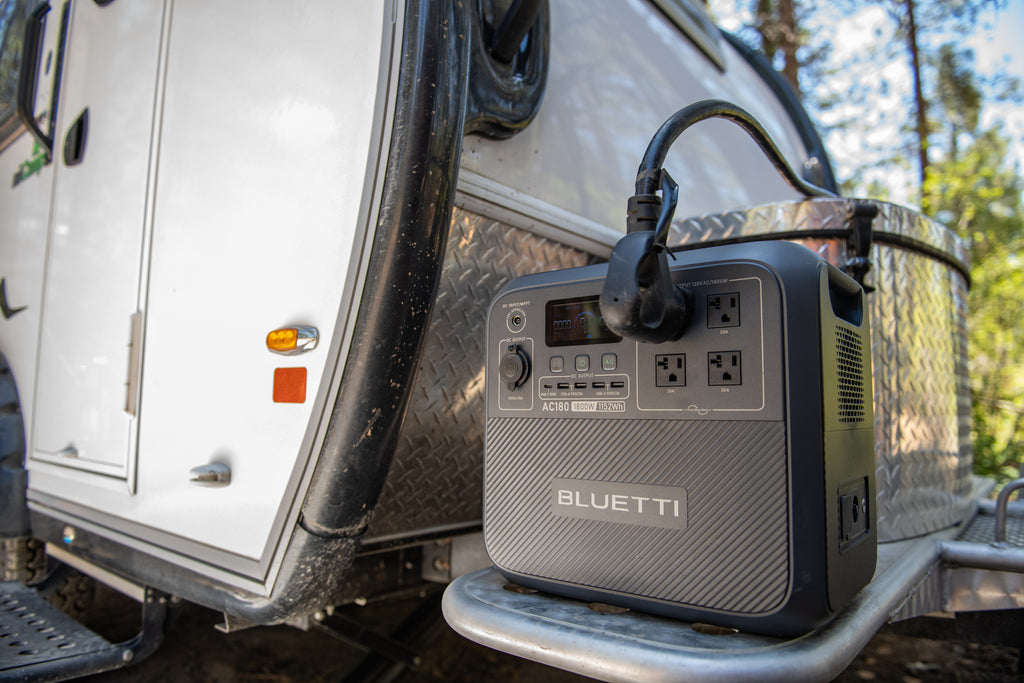
Polyvalent et puissant, il offre jusqu'à 1800 W de courant alternatif et une capacité de pointe de 2700 W. Selon la version, il est disponible en 1152 Wh (AC180) ou 1440 Wh (AC180P). Cette capacité exceptionnelle offre 11 ports de sortie différents permettant une recharge polyvalente, comme le courant alternatif, l'énergie solaire ou la voiture, grâce à une fonction de contrôle intelligente via l'application BLUETTI. Avec une entrée CA de 1440 W, la batterie se recharge à 80 % en 45 minutes. C'est donc la solution idéale pour répondre à tous vos besoins énergétiques, qu'il s'agisse d'une solution écologique, silencieuse, propre et économique.
Centrale électrique portable BLUETTI AC200L
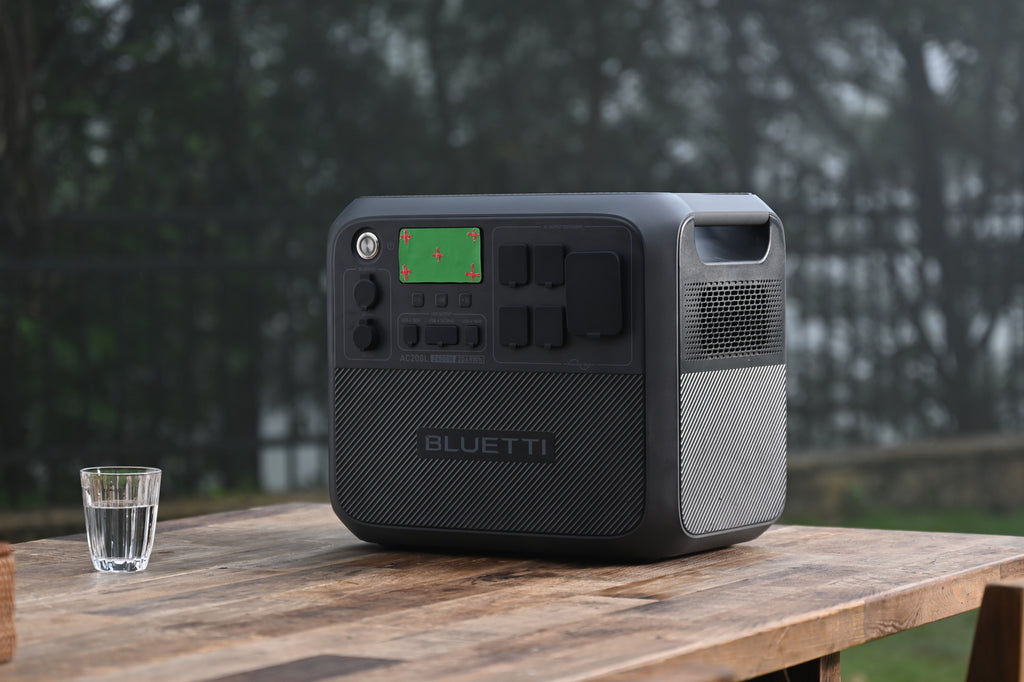
Il dispose d'une capacité de stockage d'énergie exceptionnelle de 2 048 Wh. Il est équipé d'une sortie CA à onde sinusoïdale pure de 2 400 W, couplée à une puissance maximale de 3 600 W disponible auprès des consommateurs, et bénéficie d'une forte surtension de sortie CA. Associé à une unité B230, il double la capacité de stockage à 4 096 Wh, et la quadruple à 8 192 Wh avec deux unités B300. De plus, il offre six options de charge (CA/Solaire/Voiture/Générateur/Batterie au plomb/CA+Solaire) et, fait intéressant, via une source CA de 2 400 W, il atteint un niveau de charge impressionnant de 80 % en seulement 45 minutes. Ainsi, il vous offre une expérience utilisateur optimale grâce à un contrôle et une surveillance intelligents via Bluetooth et Wi-Fi grâce à la nouvelle application BLUETTI.
Centrale électrique portable BLUETTI AC200P

Ce système se distingue par sa capacité de 2 000 Wh. Il est équipé d'un onduleur sinusoïdal pur CA d'une puissance nominale de 2 000 W avec une puissance de pointe de 4 800 W. Il est équipé d'une batterie LiFePO4 avec plus de 3 500 cycles de vie à 80 %, et de 17 ports de sortie, pour une utilisation polyvalente. De plus, il propose sept modes de charge (CA, Solaire, Voiture, Générateur, Batterie au plomb, Double CA, CA + Solaire) et peut supporter jusqu'à 700 W d'énergie solaire, soit plus que la plupart de ses concurrents. De plus, il se charge rapidement avec l'association de l'énergie solaire et de l'adaptateur CA (jusqu'à 1 100 W max.), ce qui le rend écologique et économique.
Ai-je vraiment besoin d’un contrôleur de charge MPPT ?
La nécessité d'un régulateur de charge MPPT dépend de vos besoins et de votre utilisation. Si votre système est petit ou situé dans un endroit très ensoleillé, l'augmentation progressive de puissance, associée à des réglages fréquents, peut ne pas justifier le coût supplémentaire. Cependant, pour la plupart des autres applications, l'efficacité du régulateur MPPT à optimiser la production et le stockage d'énergie accélère le retour sur investissement. Cela optimisera votre système, minimisera les pertes d'énergie et garantira des performances optimales année après année. Après tout, ce sont ces unités qui accélèreront le processus et généreront un retour sur investissement favorable.
Réflexions finales
Exploiter l'énergie solaire est un engagement important, et un contrôleur MPPT est l'outil puissant et flexible qui peut réellement concrétiser cet engagement. Il garantit que votre système de panneaux solaires fonctionne à son rendement optimal, transférant un maximum d'énergie des panneaux solaires à votre domicile. Que vous utilisiez une station BLUETTI ou un autre type d'installation, ce contrôleur sera un excellent complément. Il ne s'agit pas seulement d'exploiter l'énergie de la lumière du jour ; il s'agit de bien faire les choses. Votre investissement mérite le meilleur retour sur investissement possible.
